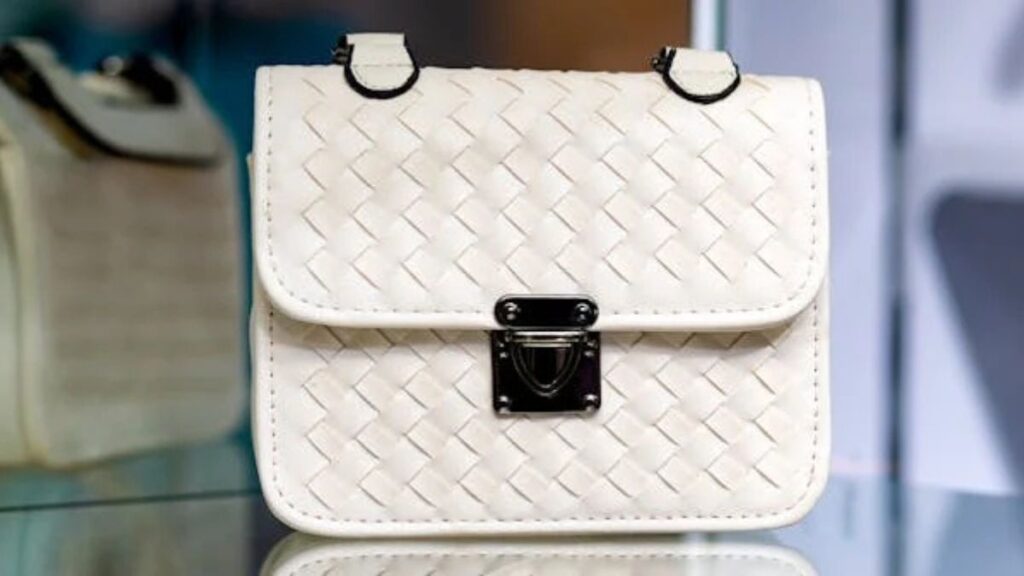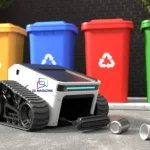Creating an inviting and efficient layout for your fashion retail store is essential for driving sales and enhancing customer experience. A well-planned store layout not only showcases products effectively but also guides shoppers through your offerings in a manner that encourages them to linger and browse. This article will delve into various strategies that can help you maximize the effectiveness of your retail space while appealing to your target demographic. Whether through effective zoning, strategic signage, or optimal use of fixtures, these techniques can transform the way customers interact with your store.
Understanding the Importance of Store Layout
The layout of a retail store significantly impacts customer behavior and sales. Research indicates that customers spend more time in stores that are organized and easy to navigate. A good layout allows customers to engage with products effectively, ultimately leading to increased purchase rates. By optimizing your store’s layout, you create an environment that encourages exploration and boosts customer satisfaction. One of the first steps involves creating a clear path through your store that leads customers from entry to checkout seamlessly. This means you should analyze customer flow, identify common traffic areas, and arrange products accordingly. Additionally, you might also consider investing in high-quality fixtures such as display racks and clothing displays. When setting up your fashion retail store, you will need clothes hangers for organizing apparel efficiently. This simple addition can significantly enhance the overall aesthetic while making the clothes easily accessible to customers.
Creating Effective Zones
Dividing your retail space into distinct zones can help streamline the shopping experience. These zones may include areas for new arrivals, promotions, and sales, as well as spaces for specific clothing categories. Offering clear differentiation among these zones makes it easier for shoppers to find what they’re looking for and adds an element of excitement as they navigate the store. When designing these zones, consider the target market’s preferences and shopping behaviors. For example, placing high-demand items at the front of the store can attract customers’ attention immediately. Moreover, you should ensure that each zone is welcoming and provides ample space for customers to browse. Clutter will deter shoppers, so maintaining a tidy space is essential.
Utilizing Signage Effectively
Signage plays a vital role in guiding customers within the retail environment. It informs shoppers about product categories, current promotions, and store policies, contributing to an overall enhanced shopping experience. Effective signage should be clear, concise, and situated strategically to capture attention without overwhelming customers. Incorporating both digital and traditional signage can address various customer preferences, improving their overall engagement with the store. In addition, consider seasonal updates to signage so it remains fresh and relevant, reflecting any special promotions or collections available. Using branded signage can reinforce your store’s identity and will resonate well with loyal customers.
Incorporating Features and Fixtures
Fixtures are critical in defining the retail environment and require thoughtful selection to optimize the layout. Choosing the right fixtures will not only display clothing attractively but will also support operational efficiency. Consider fixtures that allow for flexibility in display, such as adjustable shelving or modular racks. This adaptability can accommodate seasonal changes in inventory and keep the space dynamic. Another key aspect is to select fixtures that fit the brand image. Whether you opt for sleek modern designs or rustic wooden displays, ensure each touchpoint aligns with your brand identity. Additionally, lighting plays a vital role—be it natural or artificial—and should enhance the shopping experience. Well-lit areas improve visibility while spotlighting showcasing displays effectively.
Maximizing Customer Engagement
For fashion retailers, engaging customers goes beyond just displaying items for sale. Creating interactive elements can stimulate shopper enjoyment and further encourage purchases. Incorporating features like fitting rooms that are inviting and accessible makes a substantial difference in customer satisfaction. Offering amenities like seating or mirrors in fitting areas enhances the experience, allowing customers to feel more at ease. Hosting events or workshops in-store, like styling sessions or fashion talks, can foster loyalty and community, transforming a simple shopping trip into an experience. Encouraging feedback through customer surveys or using loyalty programs can also inform how to better engage with shoppers long-term.
Implementing Technology in Retail Layout
The advent of technology has opened new avenues for optimizing store layouts. From digital price tags to interactive kiosks, technology enhances the shopping experience in various ways. Leveraging data analytics to understand foot traffic can provide insights into how different store areas are utilized. This enables targeted adjustments and maximizes optimal display arrangements. Moreover, incorporating mobile technology to enhance customer service can improve the overall retail environment. Consider features like in-app navigation to guide customers through store aisles. Implementing AR (augmented reality) for try-on experiences allows shoppers to envision products more clearly and can significantly heighten customer satisfaction. The integration of technology is essential for contemporary fashion retailers aiming to create a responsive and engaging shopping environment.
Focusing on effective zoning, utilizing engaging signage, carefully selecting fixtures, maintaining high customer engagement, and integrating technology will ultimately help your store flourish. Store layout optimization isn’t merely an aesthetic pursuit; it’s a vital component of overall business strategy that can drive lasting success.







